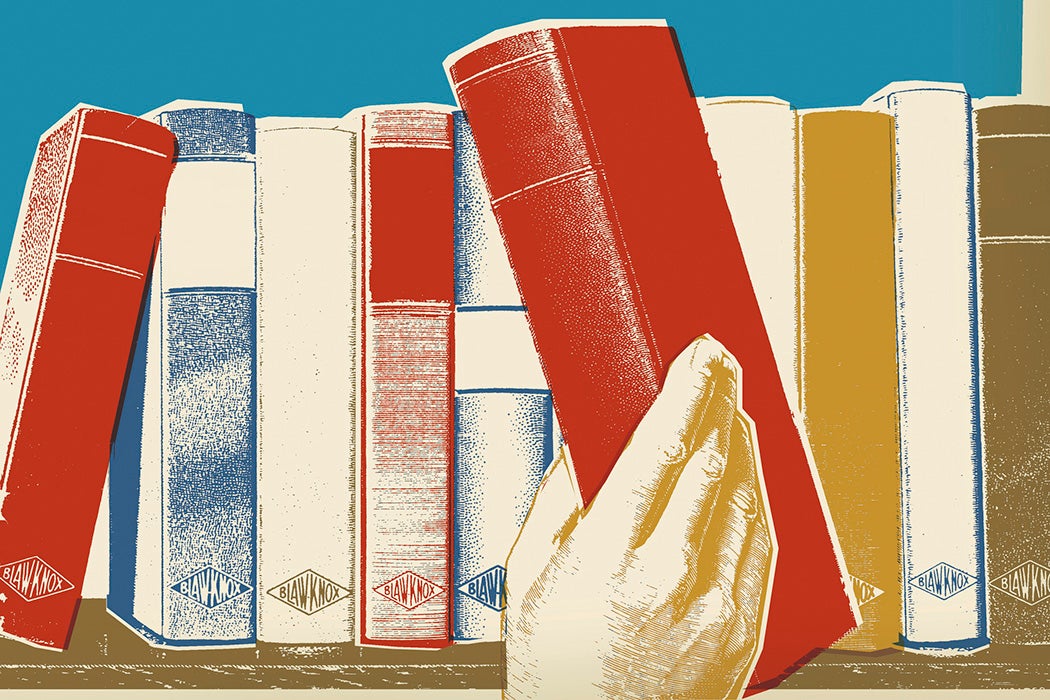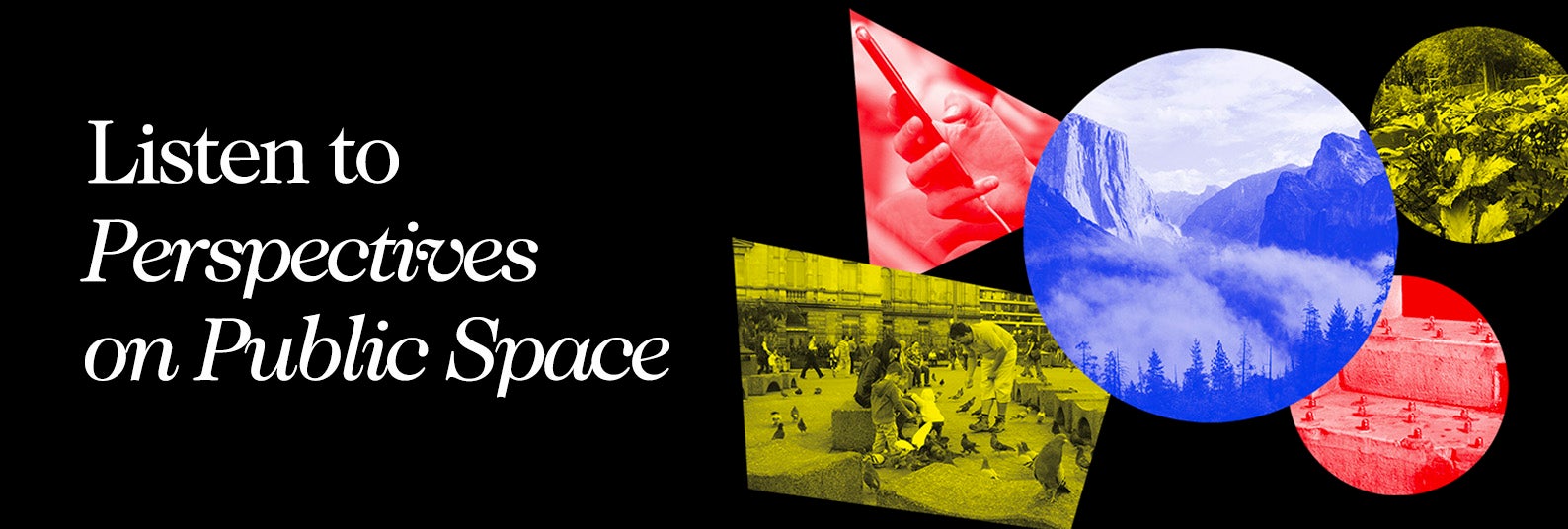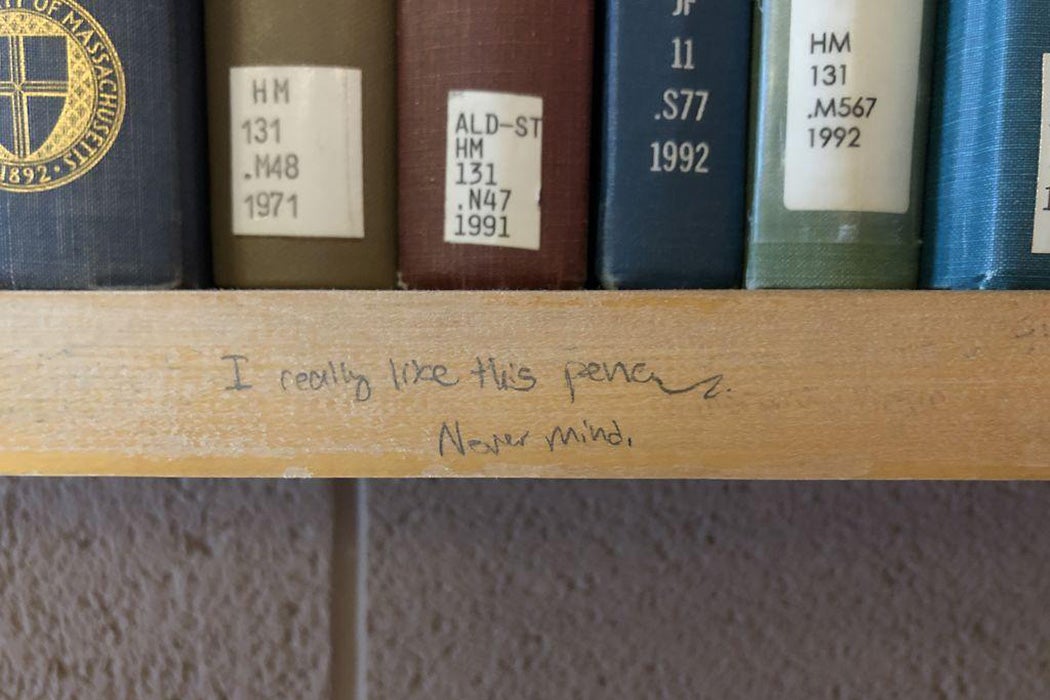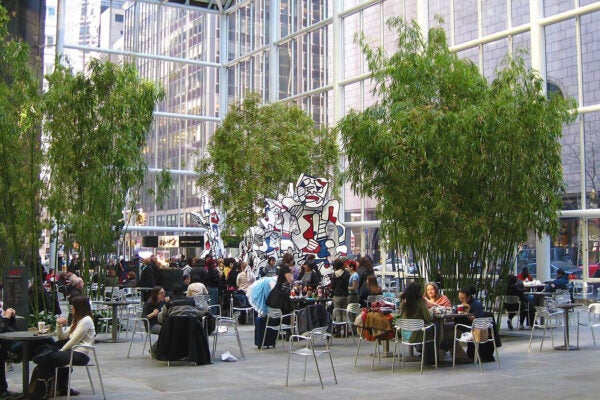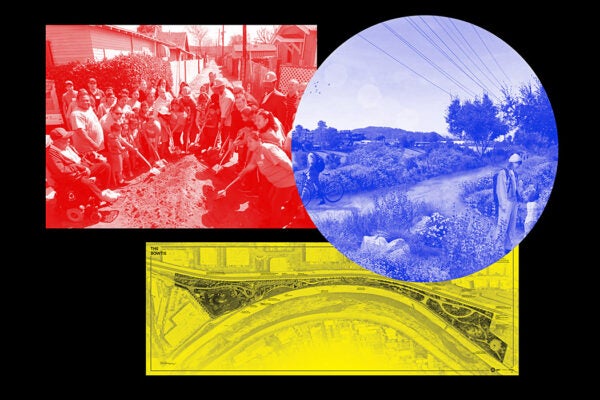Thoughts of the library may call to mind the distinct aroma of lignin, the chemical compound associated with the yellowing, fragrant pages of an old book. Maybe you can imagine the sounds of leaves prised from one another. Many of us are old enough to recall recording our names on borrowing cards and lugging a tome home, while others conjure the latest titles immediately onto handheld devices and devour them just as quickly. Whatever the case, when we engage with the library, librarianship, and archives, we become entangled in a storied history of cultural and knowledge exchange. For millennia, whether with scrolls and tablets or books and PDFs, the core mission of libraries to democratize and supply information has endured.
Documented early libraries served various purposes and housed expansive materials. In the third century BCE, Buddhist monasteries–primarily home to monastic communities–became significant academic institutions. These centers of learning attracted scholars across India and from neighboring regions, facilitating expansive knowledge-sharing. Vikramasila Mahavihara, one of several monasteries, eventually grew to accommodate 160 professors and 1,000 residential monks. Subjects covered there included grammar, metaphysics, ritual, logic, and most of all, Tantra. The systematized effort reflects a strong commitment to structured education.
Around the same time, the Library of Alexandria was created in Hellenistic Egypt. Its fate continues to fascinate readers and researchers today, but, as Roger S. Bagnall writes, it became “a symbol of universality of intellectual inquiry and of the collection of written texts” within a mere century of its founding. Though scholars acknowledge its place in the long history of education, debates continue over the narratives surrounding it. A lack of primary sources and an overreliance on later accounts lend to a dubious picture. Regardless, it prevails as a compelling representation of scholarly endeavors.
Similar symbols cropped up in the Middle East. During the Islamic Golden Age, roughly between the eighth and thirteenth centuries CE, four illustrious medieval libraries were among the glories one might encounter in Baghdad. Ruth Stellhorn Mackensen notes that their “[l]ibrarians, frequently men noted for their attainments in many fields, went out or sent others to gather rare and precious books which, if necessary, were copied and translated into Arabic.” This emphasis on translation gestures toward the development of a truly global knowledge economy, where research can overcome some of language’s constraints.
Farther east, the Mogao Caves at Dunhuang became a repository of documents, art, and sacred texts. In 851 CE, the monk Hong Bian built Cave 17, known as the Library Cave. It grew to contain over 50,000 manuscripts. Other caves became reliquaries for troves of Chinese cultural and artistic artifacts. The archival spirit of the caves is one of many historical cases echoing in the walls of today’s libraries, which continue to store and curate crucial special collections.
The innate, human urge to accumulate and distribute knowledge carried forward to the eighteenth, nineteenth, and twentieth centuries. In eighteenth-century England, “circulating” and “subscription” libraries emerged, both fulfilling different roles. Circulating libraries there were commercial ventures tied to booksellers, while subscription libraries were funded by membership fees. Overall, these institutions emerged at the pleasure of a growing leisure class. Those afforded material privilege enough to enjoy the period–marked by relative peace and national stability–were the first to indulge in libraries as hubs of respectable recreation.
Across the Atlantic, the nineteenth century firmly solidified public libraries as respected cultural centers in the United States. Their growth and accompanying reverence were largely a result of “urbanization and greater ethnic (immigrant) diversity and to institutional innovation,” write Michael Kevane and William A. Sundstrom. This progress, however, lagged behind in southern states, where regional differences like poverty, education levels, and lower urbanization rates slowed development.
If knowledge is power, then it’s no wonder libraries have become spaces of struggle and social inclusion. The development of libraries in the southern United States, for instance, was directly influenced by disenfranchising Jim Crow laws. As southern cities prioritized library system development, “some excluded black patrons altogether, while others offered racially segregated service.” Sit-ins and other demonstrations were held in protest of these exclusionary practices, and many fulfilled their purposes. Judges began ruling in favor of desegregating libraries. The American Library Association took several actions–including refusals to hold conferences in segregated cities and commissioning a study about Black citizens’ library access–to discourage such policies. Also instrumental to change were groups like the National Association for the Advancement of Colored People (NAACP), as well as white business leaders for whom protests were less than ideal.
More to Explore
Graffiti Limbo
With inclusion as a core library value, the New Deal era introduced new modes of community outreach. The Pack Horse Library Project, a program from the Works Progress Administration, was designed to address a resounding lack of access to books in eastern Kentucky. Largely organized and staffed by women, the project connected the state’s Appalachian region to library services that were otherwise inaccessible. Though it wasn’t the first attempt at engagement of this kind, it marked a pivot from previous decades of illiteracy in the area. The project embodied a political philosophy rooted in “the rights of personal competency–the right to read, to think, to speak, to choose a mode of life,” espoused by President Franklin Delano Roosevelt at the time of his inauguration.
Book banning persists as one of many conflicts affecting libraries. From bans on magazines and books at universities during the 1940s to a 1974 fight to remove the “un-Christian” works of Malcolm X, Sigmund Freud, and e. e. cummings, groups of various interests have historically insisted on tighter restrictions according to their content. In 2021, books were banned in 138 school districts across thirty-two states, with a particular focus on LGBTIA+ content and other proclaimed obscenities. Questions of who should read what material, and at what age, put libraries at the center of controversies around intellectual inquiry time and time again.
Though mired in various controversies, monumental digital shifts have reshaped essential functions of libraries, compounding typographic and visual literacy with digital literacy as essential concerns. In 1995, JSTOR was founded as a nonprofit organization with a mission to streamline library shelf space and make otherwise unseen physical scholarship more readily accessible. At the time, institutions such as Harvard University sought book-shelving solutions beyond off-site storage facilities. Needs have grown exponentially not only for digital scans of physical materials, but also for consolidating born-digital materials located in disparate places.
Today, more than 14,000 libraries in 190 countries/territories and 1,600 publishers have contributed to the millions of scholarly materials accessed through JSTOR’s website. A journal article out of, say, an African publication, can be read worldwide via solutions like those offered by JSTOR, effectively globalizing scholarly dialogue and research endeavors. Libraries themselves can also make their special collections more widely accessible. On the whole, this increased availability of scholarly materials has recast the librarian as a conduit for knowledge stored in PDFs and JPEGs, not only physical books.
The library’s evolution doesn’t, by any means, end with digitization. The COVID-19 pandemic highlighted and exacerbated declining education outcomes. Seventy percent of European countries saw a decline of reading achievement between 2016 and 2021, underscoring a need for renewed community outreach to address developing readers. The proliferation of generative-AI now calls into question the very nature of research, with students and educators alike compelled to navigate a scenario of seemingly supplanted human skills. Libraries and librarians, with this in mind, have incorporated AI literacy into their wheelhouses to provide guidance. In so doing, they are tasked with providing recommendations around the uses and limitations of large language models and AI-powered tools.
Weekly Newsletter
Beyond the flow of information, libraries are notable for providing myriad community services at no cost. Free public wi-fi is a feature in many community libraries, a crucial service in a digital-first age. They also serve as cooling centers and fulfill other emergency response functions. Many library card holders have access to research databases, museum admission benefits, municipal ID programs, and more. At a time severely lacking in third spaces, libraries today offer social activities designed to bring communities closer and enrich their lives. They bring both knowledge and people together.
Still standing after thousands of years, libraries remain vital to civic infrastructure. They allow the scent of stored paper to coexist with the glow of a screen. Having weathered conflicts and targeted attacks, their goals have diversified from providing knowledge to preserving it, all the while carving out spaces for human connection and resilience. Librarians and archivists have an esteemed role in shepherding information-seekers through an ever-shifting knowledge landscape, offering grounded support to facilitate robust scholarly inquiry. With the rustle of pages and the tap of keys, they stand the test of time.
